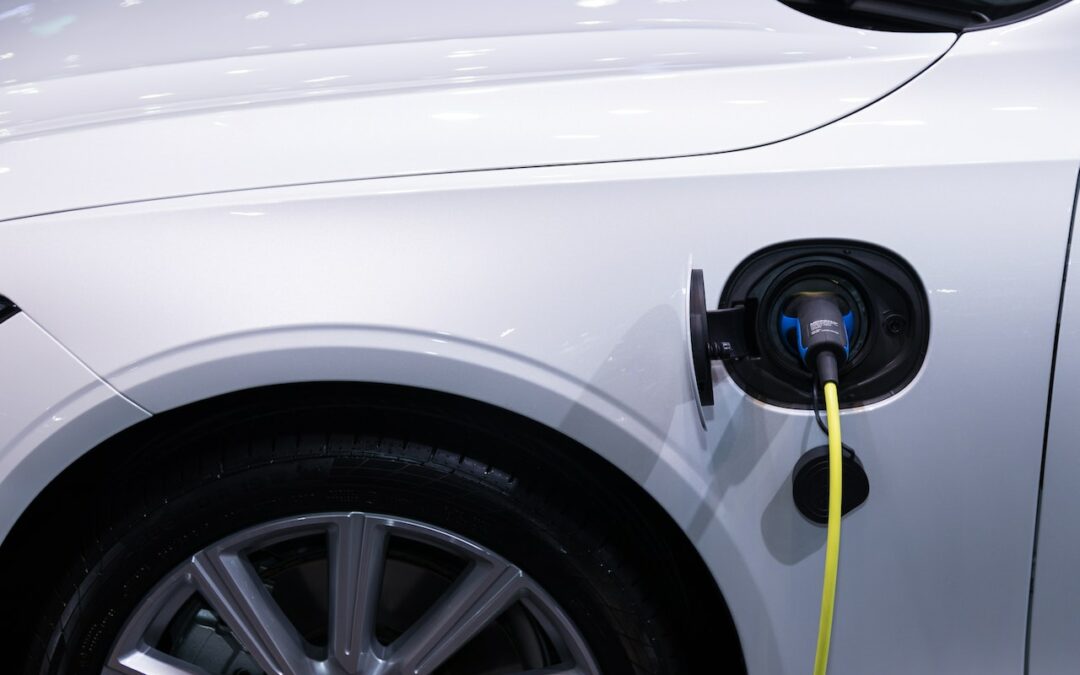
by Komoneed | Jul 17, 2025
While mountains are formed by geologic forces deep underground, they create space for unique ecosystems to form high above the Earth. Mountains’ harsh conditions and relative isolation have encouraged and sheltered varied biodiversity.
The post What Mountains Provide and Why They Need Protection appeared first on EcoWatch.

by Komoneed | Jul 17, 2025
Pictures of the new Range Rover Electric

by Komoneed | Jul 15, 2025
Extreme heat, excessive rainfall, ongoing droughts — these conditions are now considered the new normal, according to the latest State of the UK Climate report from the UK Met Office. The report highlights several alarming trends, including warming at the rate of 0.25°C per decade in the UK. The past three consecutive years have ranked […]
The post Extreme Weather Is Now Normal Weather in the UK: Met Office Report appeared first on EcoWatch.

by Komoneed | Jul 15, 2025
Swinburne University of Technology researchers have been awarded close to $920,000 to advance two projects for battery life and EV cybersecurity, securing a portion of over $46 million shared across 75 new projects.
The university received the funding in the latest round of Australian Research Council’s (ARC) Linkage Projects 2024. The scheme, part of the ARC’s National Competitive Grants Program, funds research that delivers practical benefits and strengthens Australia’s innovation and industry capabilities.
Swinburne’s Deputy Vice Chancellor Research, Professor Karen Hapgood, said, “These projects demonstrate how our researchers are partnering with industry to deliver practical solutions, from extending the life of battery systems to securing Australia’s electric vehicle infrastructure. It’s a powerful example of how university research is driving innovation and supporting a more sustainable, technologically advanced future.”
The first of the two projects, led by Professor Weixiang Shen, received $449,882 to extend the lifetime of battery energy storage systems for power grids.
“This project will enable my team to develop an innovative control strategy to actively manage the operating conditions of an individual battery cell using digital twin technology. It offers an excellent opportunity to implement and validate our approach in inverter-less battery energy storage systems provided by our industry partner, which uniquely enables cell-level control within the system,” Shen said.
“The project’s outcomes will strengthen Australia’s leadership in advanced energy storage technologies, support the growth of the domestic manufacturing sector, and contribute to the creation of high-skilled jobs.”
Aiming to enhance energy storage performance, the three-year project will develop new strategies to slow battery aging within each cell. It will use digital twin technology, combining deep learning and electrochemical modelling, to predict the impact of operating conditions on battery aging and regulate these conditions to control the aging process and extend battery life.
Working in partnership with Relectrify Pty Ltd, the project team will support Australia’s transition to sustainable energy by delivering longer battery life and reduced downtime so that battery systems can produce more over time.
The second project, led by Professor Yang Xiang, received $474,531 to address cybersecurity challenges in electric vehicle charging stations.
“This grant will allow my team to build advanced cybersecurity tools that address the challenges posed by the interaction between EV charging stations, diverse EVs, the national power grid and wireless communication protocols,” Xiang said.
“It creates a unique opportunity to generate novel research insights, validate solutions in real-world settings, and produce tools with strong commercialisation potential. Its outcomes support sustainable economic growth by enabling the safe uptake of EVs, reducing emissions and creating jobs.”
Electric vehicle charging stations are widely deployed, but they face complex security risks due to the diversity of electric vehicles, their connection to the power grid, and wireless communication with users. The three-year project aims to address these challenges by functionality-guided, update-guided and greybox-guided fuzzing techniques.
Working in partnership with T-POWER Pty Ltd, the project team will explore methods for testing charging stations and developing advanced tools to secure EV infrastructure and improve cybersecurity within Australia’s expanding sustainable transport sector.
Image credit: iStock.com/narvo vexar
by Komoneed | Jul 15, 2025
IN A NUTSHELL 🌱 Chinese researchers have developed a groundbreaking method to convert methanol into sucrose, bypassing traditional agriculture. 🔬 The innovative in vitro biotransformation (ivBT) system uses enzymes to transform methanol derived from industrial waste into complex sugars. 🌍 This method contributes to sustainability by utilizing carbon dioxide as a raw material, supporting carbon […]
The post “They’re Turning Pollution Into Candy!”: Chinese Scientists Stun the World by Making Food from Captured Carbon Emissions appeared first on Sustainability Times.




